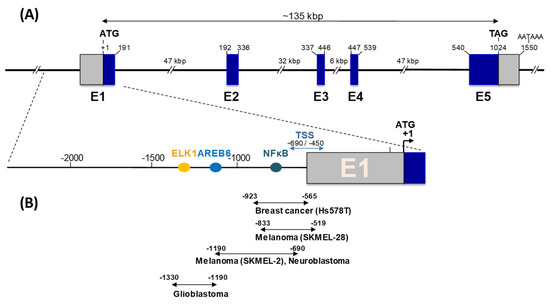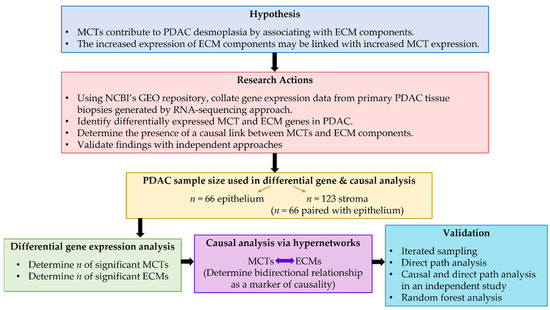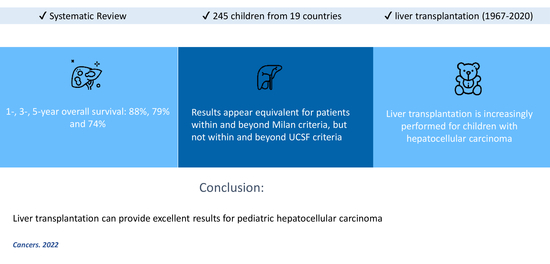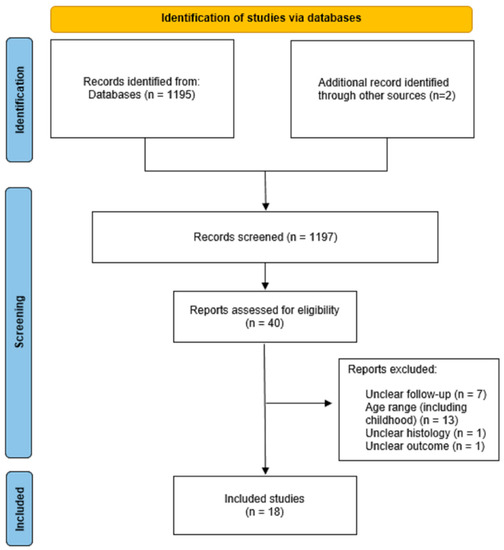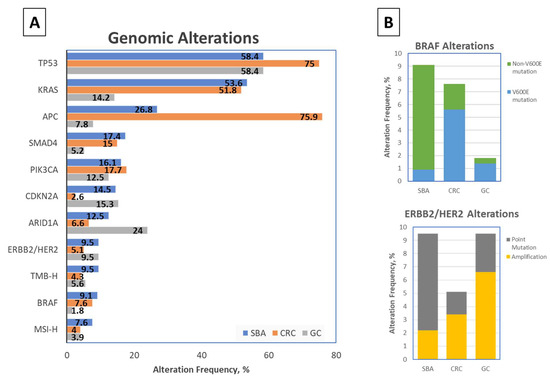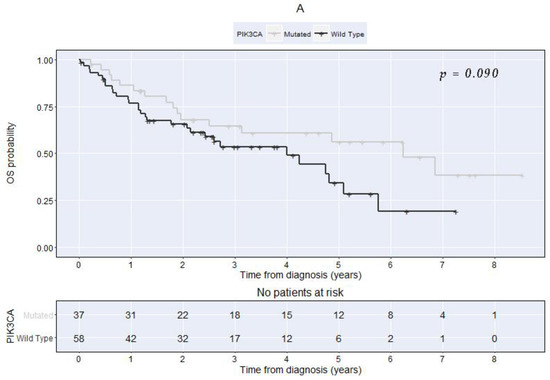Cancers 2022, 14(5), 1300; https://doi.org/10.3390/cancers14051300 - 3 Mar 2022
Cited by 5 | Viewed by 3318
Abstract
Meningioma is a common incidental finding, and clinical course varies based on anatomical location. The aim of this sub-analysis of the IMPASSE study was to compare the outcomes of patients with an incidental frontobasal meningioma who underwent active surveillance to those who underwent
[...] Read more.
Meningioma is a common incidental finding, and clinical course varies based on anatomical location. The aim of this sub-analysis of the IMPASSE study was to compare the outcomes of patients with an incidental frontobasal meningioma who underwent active surveillance to those who underwent upfront stereotactic radiosurgery (SRS). Data were retrospectively collected from 14 centres. The active surveillance (n = 28) and SRS (n = 84) cohorts were compared unmatched and matched for age, sex, and duration of follow-up (n = 25 each). The study endpoints included tumor progression, new symptom development, and need for further intervention. Tumor progression occurred in 52.0% and 0% of the matched active surveillance and SRS cohorts, respectively (p < 0.001). Five patients (6.0%) treated with SRS developed treatment related symptoms compared to none in the active monitoring cohort (p = 0.329). No patients in the matched cohorts developed symptoms attributable to treatment. Three patients managed with active surveillance (10.7%, unmatched; 12.0%, matched) underwent an intervention for tumor growth with no persistent side effects after treatment. No patients subject to SRS underwent further treatment. Active monitoring and SRS confer a similarly low risk of symptom development. Upfront treatment with SRS improves imaging-defined tumor control. Active surveillance and SRS are acceptable treatment options for incidental frontobasal meningioma.
Full article
(This article belongs to the Special Issue State-of-the-Art Research in Meningioma)
►
Show Figures

